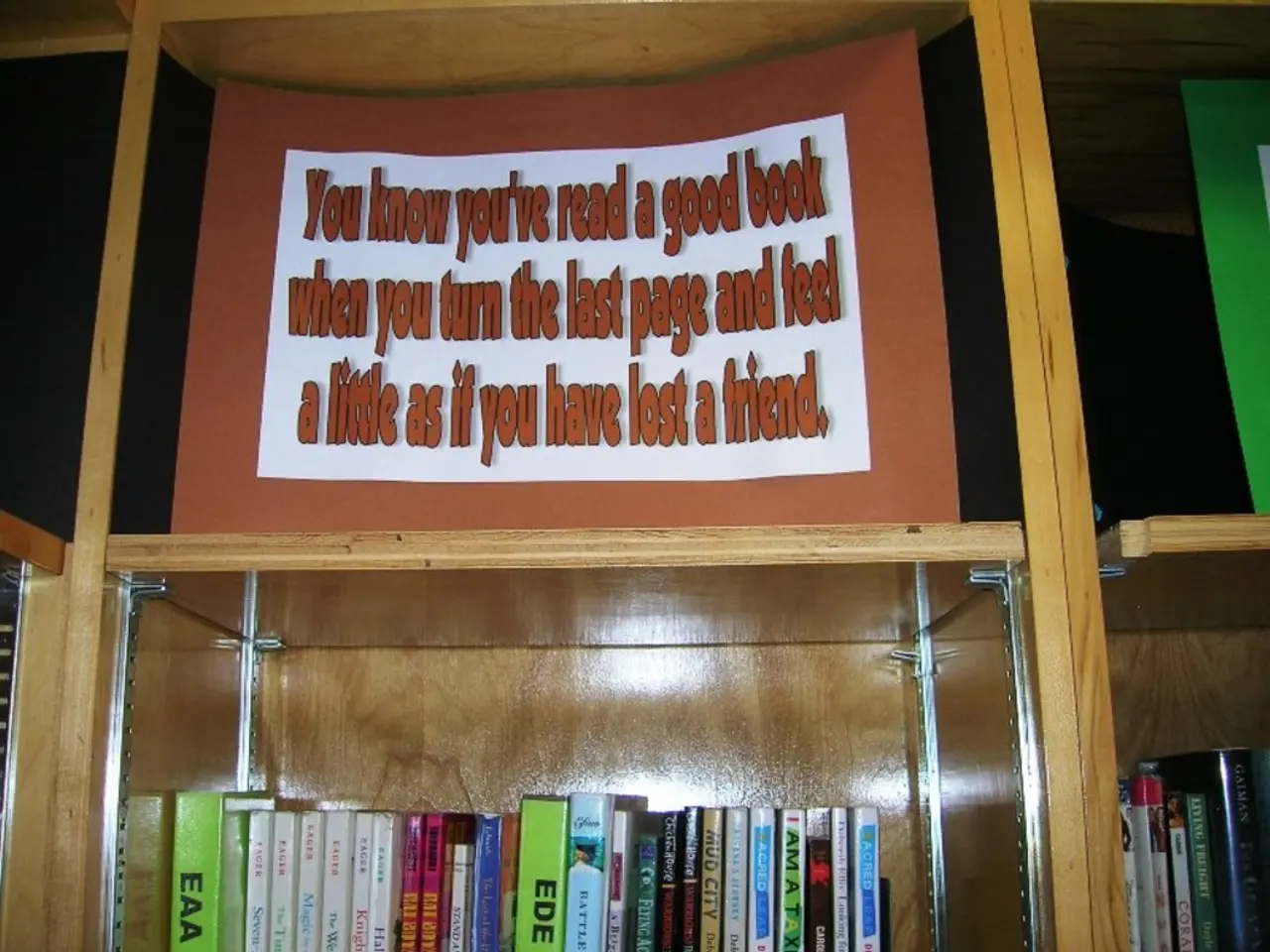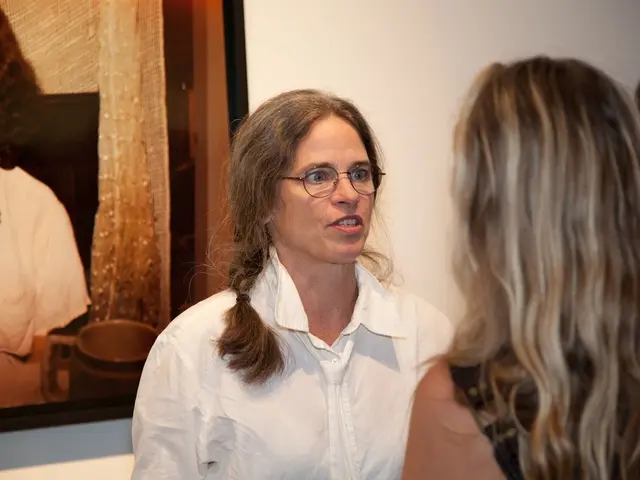Creating a Visual Narrative: A Step-by-Step Guide for Storyboard Construction
In the world of literature, inspiration can strike at any moment, and for newly graduated high school student and budding author A.P. McKinney, that inspiration often comes from the most unexpected places. Currently working on two novels, McKinney shares his unique approach to novel writing that involves the use of Pinterest as a visual storyboarding tool.
When it comes to creating a storyboard for a book or novel, McKinney suggests following these steps to organize ideas visually and enhance the writing process:
1. **Setting up a Pinterest Board** Begin by creating a new board on Pinterest specifically for your book or novel storyboard. Give it a clear title that reflects your project, such as “Novel Storyboard” or “Book Plot Visuals.” This will help keep all related materials centralized.
2. **Gathering Visual Inspiration** Next, pin images that represent characters, settings, key scenes, moods, or themes from your book. These can be photos, artwork, color palettes, or graphic novel/comic-style templates to visualize characters and plot developments.
3. **Organizing Pins Into Sections or Lists** Use Pinterest’s “Sections” feature within your board to categorize your pins by chapters, character arcs, plot points, or thematic elements. This makes it easier to track story progression visually.
4. **Adding Descriptions for Context** For each pin, add detailed descriptions or notes about how it relates to your story. For example, note what character emotion or plot event the image represents. This turns your board into a functional storyboard, combining imagery with narrative notes.
5. **Using Printable Templates If Needed** You can pin or upload storyboarding templates (like comic strip panels or book jacket templates) to sketch or plan scenes more formally. Some templates on Pinterest or other sources might be useful for structuring your storyboard visually.
6. **Regularly Updating and Refining** As your story develops, continue refining your storyboard by adding new pins, rearranging sections, or revising notes. This dynamic approach supports creativity and helps maintain a clear overview of your novel’s structure.
In addition to Pinterest, McKinney also recommends the use of specially designed novel writing planners or digital story planners available on platforms like Etsy, which can help with plotting and character charting in a more structured way.
Another useful tip McKinney offers is the creation of a playlist associated with a story. Listening to music can help overcome writer's block and immerse oneself in the story's world. To add a saved playlist to a Pinterest storyboard, go to the storyboard, click the "+" button, click on "Save from a website", paste the playlist link into the bar, and click "Save". If a browser has the "Pin It" button, users can click on the playlist and then click the "Pin it" button to save it directly to a Pinterest board.
By incorporating these strategies into his writing process, McKinney has found a way to harness the power of Pinterest to bring his stories to life. As he continues to work on his novels, he looks forward to seeing how this unique approach will shape his writing journey.
- A.P. McKinney, in his quest for inspiration, has expanded his lifestyle to include using fashion-and-beauty boards on Pinterest to visualize character appearances.
- Besides utilizing Pinterest for novel storyboarding, McKinney advocates for incorporating learning resources on education-and-self-development platforms to enrich his characters' backstories and research story details.
- To cater to his readers who appreciate food-and-drink experiences, McKinney plans to release cookbooks as an extension of his novels, providing recipes that mirror dishes consumed within the story's world.
- In order to curate a captivating home-and-garden setting, McKinney researches design ideas on Pinterest, incorporating these into his novels to create immersive environments that contribute to the likelihood of reader engagement.
- To support personal-growth and self-development for aspiring authors, McKinney hosts online workshops on entertainment websites, sharing insights into his writing process and offering tips on fiction writing based on his own experiences.




